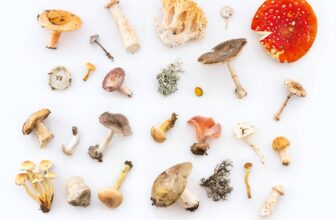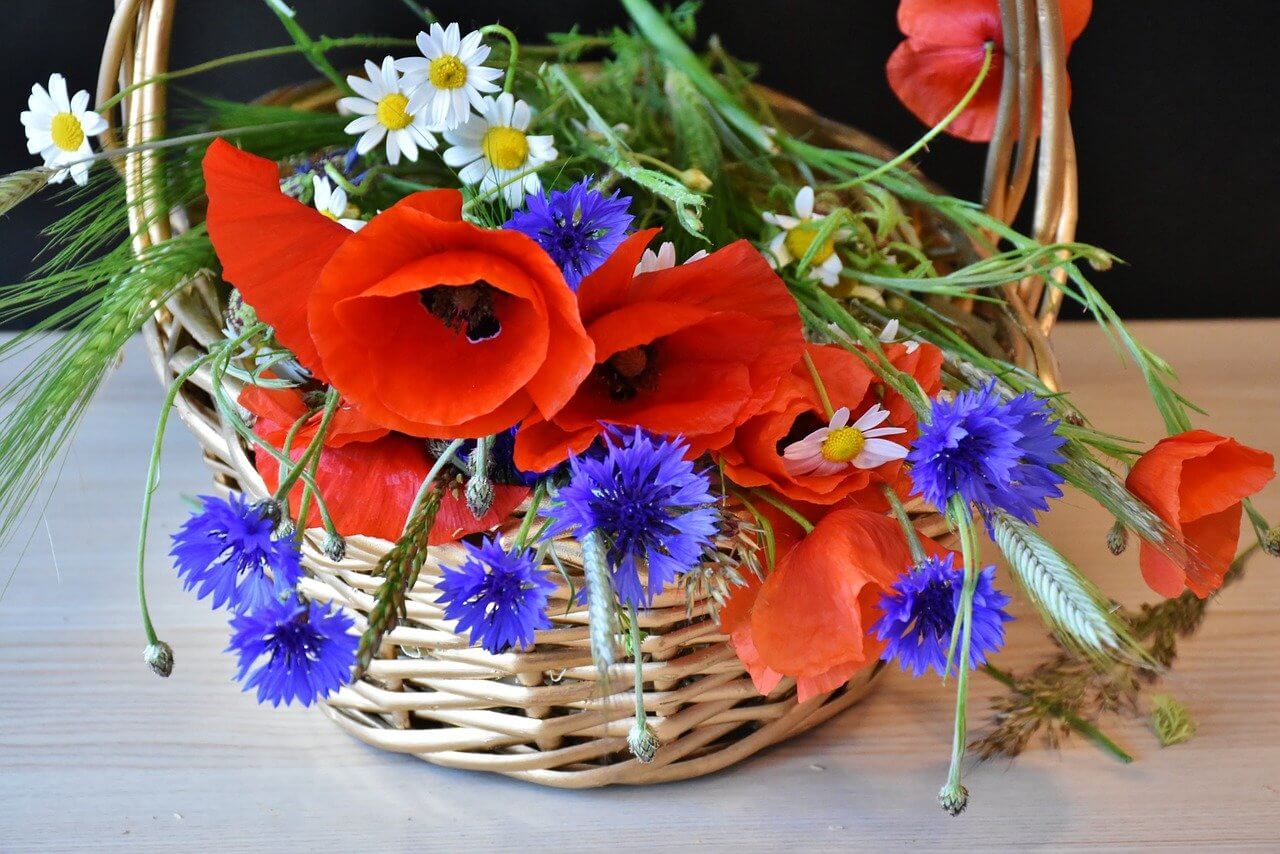
Table of Content
Cornflowers are beautiful flowers that can add a lovely pop of color to your garden. These plants are very low-maintenance and you don’t need to be a gardening expert to grow them. In fact, a basic level of knowledge is more than enough to keep your very own cornflower garden thriving.
In this article, we’ve got all the information you need to know about cornflowers including where they come from and how to grow them. Let’s go ahead and take a look!
What are Cornflowers?
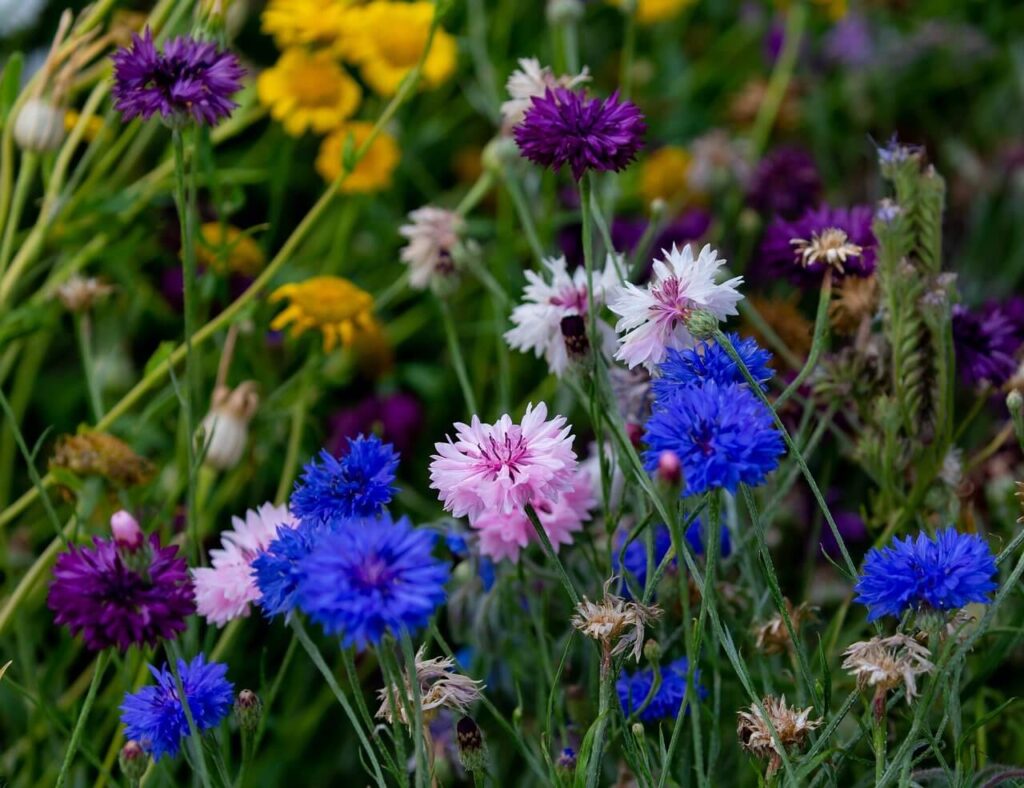
Cornflowers (Centaurea cyanus) belong to the plant family ‘Asteraceae’ which includes many other popular plants such as daisies, sunflowers, lettuce, dandelions, and thistles. Are known by many names including the following:
- Bachelor’s Button
- Hurtsickle
- Knapweed
- Star Thistle
- Hardheads
Cornflowers produce fancy, ruffled blooms with frilly petals in the spring, summer, or autumn and have long green leaves covered with hairs that make them look silvery-green. While they’re typically blue, there are many new varieties of cornflowers created in multiple shades including red, purple, white, pink, and burgundy.
Cornflowers are not very large plants as they grow to a maximum of height of around 30 inches (75 cm) with a spread of about 12 inches (30 cm).
Growing Cornflowers
Initially, the cornflower was a common weed native to Europe, where it grew in abundance in the grain fields. This is how the plant got its name ‘cornflowers’. However, over the years, these plants have become extremely popular. Today, cornflowers are endangered due to the use of herbicides that killed of millions of these plants. They’re now naturalized in many countries worldwide, to cater to their growing popularity and the existing high demand.
When and Where to Plant Cornflowers
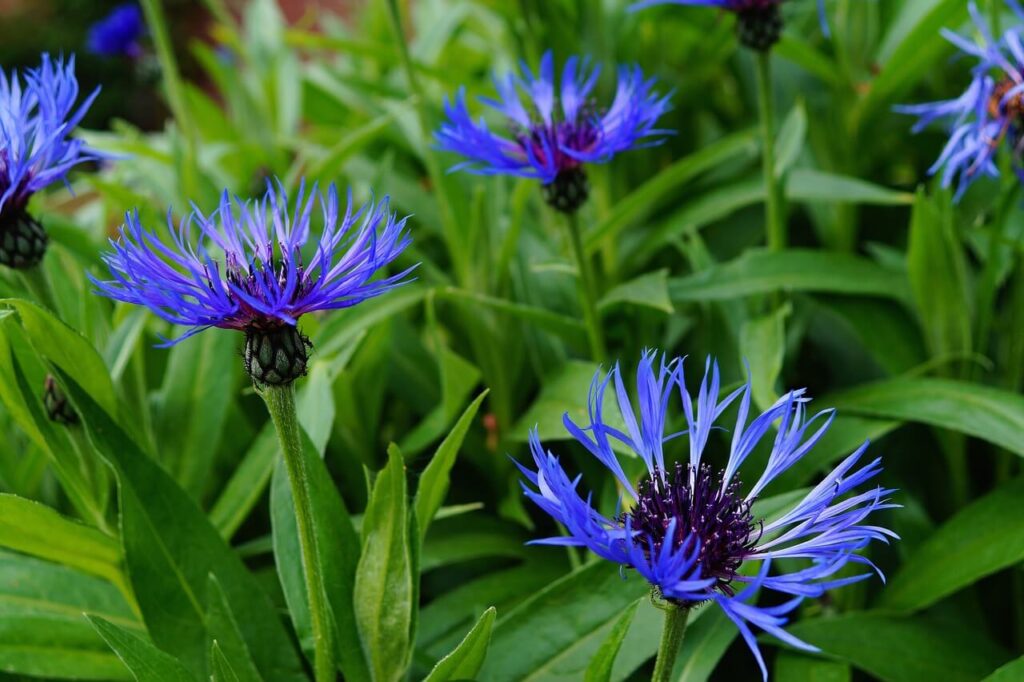
The easiest way to cultivate cornflowers is by sowing their seeds. If you sow the seeds in early spring, your cornflower plants will start blooming by the summer season. On the other hand, sowing them in the early fall can give you plants that will flower in the spring and continue to bloom throughout the summer.
Cornflowers are sun-loving plants that thrive best in open areas with a good air circulation. Therefore, an open spot in your garden that gets exposed to full sun during the day is ideal to plant them.
Preparing the Beds
First, make sure that the chosen spot is completely weed-free. Weeds can compete with your cornflower seeds even before they begin to sprout and steal all the nutrition in the soil, leaving nothing for them.
Use a fitting gardening tool like a hoe or trowel to remove the weeds. Then, rake the bed well to get rid of stones and any other obstacles that could get in the way of your growing seedlings.
To plant the seeds, dig holes about 12 mm deep with a space of at least 8-12 inches between each other to prevent over-crowding of the plants. That way you won’t have to bother pulling out and replanting your seedlings just to thin them out later. Finally, cover the seeds with soil and add some water to keep the soil moist.
Soil Requirements
Cornflowers can survive in a wide range of soil types including sandy, clayish, chalk-like, and loamy soils. However, they thrive best in well-draining and moist soil.
The ideal acidic level of the soil is within a range of neutral to mildly alkaline (pH 6.6-7.5 to pH 7.6-7.8). Rich soil that consists plenty of organic matter can increase their growth and flowering. To make the soil richer, you can add some organic compost to it before planting.
Sunlight and Temperature
Cornflowers love growing in the full sun but can also tolerate a bit of partial shade. Similarly, despite the fact that they prefer a temperature level of 15-26 Celsius (59-79 Fahrenheit) in atmosphere and around 12 Celsius (57 Fahrenheit) in the soil, they also handle cold climates really well.
Watering
Cornflower plants need to be kept in a moist environment until they’re well-established and stable. Although they have draught-tolerant qualities, watering them frequently will guarantee healthier plants and bigger blooms.
In the flowering season, remember to water your plants until the soil is moist but not too wet to stimulate and prolong the flowering.
Fertilizing
Before planting your cornflowers, add a balanced organic fertilizer to the soil to ensure faster germination and growth. Start fertilizing them again in the early spring times. Remember to feed them with a well-balanced liquid fertilizer that has a high phosphorous level in the mid-summer as this will boost the flowering considerably.
Mulching
In extreme hot and dry climates, add a layer of organic mulch such as bark mulch on the surface of the soil. This can help in retaining the soil moisture for a longer period of time and will protect the plant roots from directly getting exposed to strong sunlight and heat.
Deadheading
Deadheading your cornflowers is important to improve flowering. Start the process in late winter and continue throughout the spring season. Use a sharp tool to cut the droopy, dried flowers and stems just above the first set of leaves. This can stimulate and encourage your plants to produce more blooms.
If you’re planning to harvest seeds for a new batch of cornflowers, simply leave some flowers to dry out completely and you can collect the seeds later.
Pests Control
Cornflowers are hardy plants that are immune to most common garden pests. However, they can attract aphids, leafhoppers, and mealy bugs in the spring. These pests harm the plant foliage, stems. and flowers and can weaken the plants. They’re visible to the naked eye and can be identified easily. If you notice any of the following signs: spotted, distorted leaves, flowers and wilted stems, you may want to look out for these pests.
To treat such infestations, you can try washing off the pests using a strong stream of water. Then, spray the plants with a soap insecticide or pesticide once a week until the population is completely wiped out.
Diseases and Infections
Cornflowers get infected with stem and root rot or rust and powdery mildew due to waterlogged, wet soil, and over-crowding of plants. The common symptoms include discolored spots on the leaves, rusty looking mold, and decaying of stems and roots. The risk of your cornflowers catching these diseases can be reduced if you’re careful enough not to over-water them.
Infected plants can’t be saved so remember to separate the healthy plants and use a suitable fungicide or any other horticultural oil to stop further spreading of the diseases.
Seed and Flower Harvesting
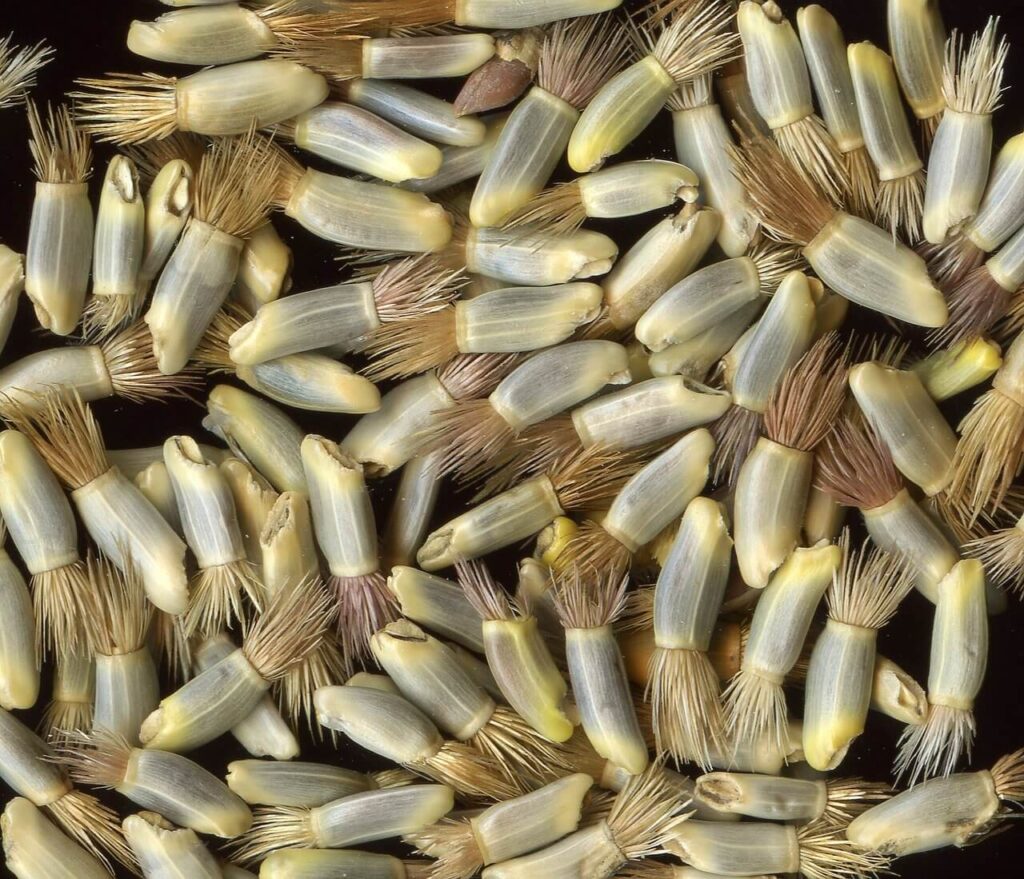
Cornflower seeds can be harvested manually by hand if you’re just planting a few in your garden.
To harvest the flowers, wait until mid to late summer when the plants look spent and unappealing.
Cornflower as Companion Plants
Well-established cornflower plants have an upright stance that helps them to fit in well with other plants. Additionally, their flowers hold sugary sweet nectar that attracts butterflies, bees and hummingbirds which is also beneficial for other plants in the surrounding areas. Due to these reasons, cornflowers are often planted as companions along with other similar plants.
They’re best planted with colorful annuals such as marigolds, poppies, nasturtiums, and any hardy annual grass variety.
Uses of Cornflowers
Apart from their aesthetic visual value, cornflowers have numerous other uses:
In the Culinary World
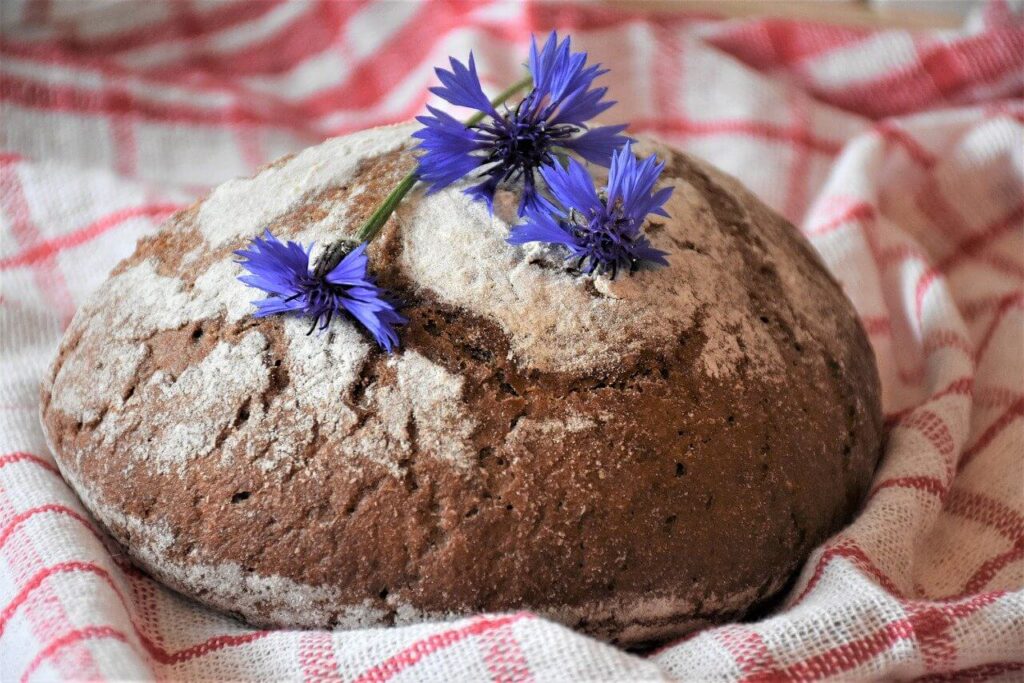
Cornflower petals are often added to drinks, salads, and other types of food in both raw and dry forms. The dried petals are used to make tea and spices while the raw petals are used in making some types of cheese and oils.
Some food products like yoghurts contain natural dyes and additives which are made with cornflower petals. These lovely flowers can also be used as a garnish for various desserts.
In Medicine
The flower heads, foliage and seeds of cornflowers have anti-inflammatory properties which is why they’re used in various pharmacological drugs and herbal treatments.
The Take-Away
As you can see, cornflowers are very easy plants to grow and can be well worth the effort. Now that you know all about how to grow them, squeeze some cornflowers into your flower beds and borders to add a vibrant and vigorous look to your home garden.
FAQs about Cornflowers
- Why are cornflowers called ‘Bachelor’s Buttons’? Cornflowers were first brought to the United States back in the 1600’s. During these times, men often wore them in the buttonholes of their suitcoats which is how they were given the name ‘Bachelor’s Buttons’.
- Can cornflowers grow in pots? Yes, cornflowers can be grown in pots or containers.
- How long does it take for cornflowers to grow? Cornflower seedlings emerge in 7 to 10 days after sowing.
- Do cornflowers come back every year? Yes, cornflowers are self-seeding plants that return year after year. Once they bloom, they can keep blooming for several months.
- What do cornflowers symbolize? The cornflower is a beautiful plant that represents hope for the future.




